
Extremely effective and simple ways to restore non-stick pans, no need to replace them
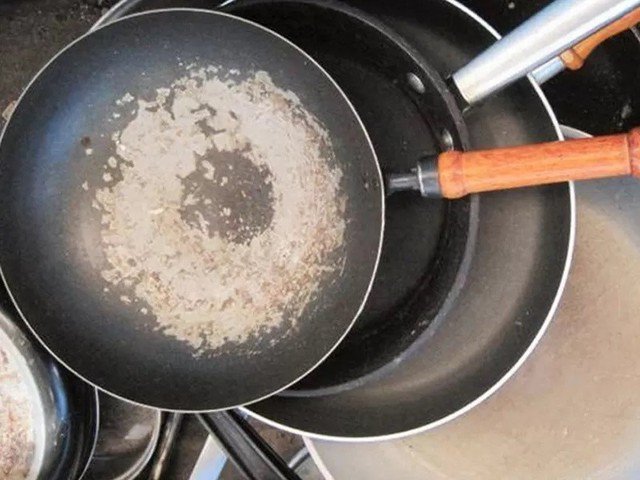
Should You Keep Using a Non-Stick Pan When the Coating Starts Peeling? Here’s What Experts Say
Non-stick pans are an essential kitchen item in most Vietnamese households, making frying and sautéing easier, cleaner, and more efficient. However, after a period of use, the non-stick coating can begin to wear down or even peel off, causing food to break apart and making the pan look unattractive.
Indeed, over time, the non-stick layer naturally degrades—especially at the center, where heat is most concentrated. This leads many people to wonder: Is it safe to continue using a pan with a peeling non-stick coating? And if so, how can you maintain the pan's performance without risking your health?
What Is Non-Stick Coating Made Of?
Professor Phạm Văn Khôi from the Vietnam Institute of Chemistry explained that the inner surface of non-stick pans is coated with a high-molecular polymer known as polytetrafluoroethylene (PTFE), more commonly recognized by its trade name, Teflon.
This Teflon layer forms a smooth, tension-resistant surface that prevents food and grease from sticking. It allows for easier cleaning, reduces cooking time, and helps limit the amount of oil needed during food preparation.
According to Prof. Khôi, Teflon is very difficult for the human body to absorb. Even if small amounts accidentally enter the digestive system, they are naturally excreted without accumulating. Therefore, consumers do not need to worry about Teflon building up inside the body or causing long-term illnesses under normal cooking conditions.
Associate Professor Dr. Nguyễn Duy Thịnh, former lecturer at the Institute of Biotechnology and Food Technology of Hanoi University of Science and Technology, noted that typical cooking temperatures rarely exceed 260°C, which is within the safe range for Teflon. At normal household cooking temperatures, the coating remains stable and does not release harmful substances.
Can You Still Use a Non-Stick Pan Once the Coating Peels?
PGS. Thịnh advises that if the coating has peeled significantly but you still wish to use the pan, the safest option is to remove the remaining non-stick layer entirely. You can scrub the pan thoroughly with a strong cleaning agent and a metal scrubber until all loose coating is removed. This ensures that the peeled-off particles won’t mix into your food.
However, if your pan is only slightly worn and you want to extend its life, there are several household techniques you can try to enhance its non-stick ability. These natural methods can help maintain the pan's performance for a longer period without posing risks to your health.
Simple Home Methods to Restore or Improve Non-Stick Function
1. Animal Fat and Ginger
After washing the pan, pour a small amount of melted animal fat into it and heat until boiling. If you don’t have ready-made rendered fat, you can buy pork fat and melt it yourself. Leave a thin layer in the pan.
Next, peel and cut a piece of fresh ginger in half. Slightly crush the cut surface with a knife to release more juice. Rub the ginger firmly over the worn or dull areas of the pan.
The combination of hot fat penetrating the metal surface and the natural compounds in ginger forms a temporary, natural non-stick barrier. This method allows you to fry sticky foods—such as pancakes, tofu, or fish—with much greater ease.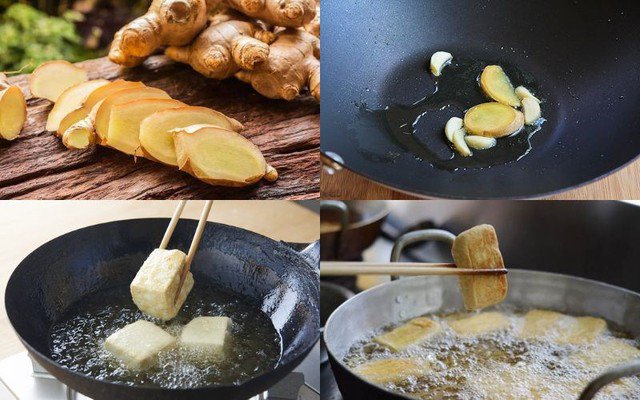
2. Fresh Milk
Fresh milk is a simple, widely available remedy for renewing slightly worn non-stick pans. Milk contains a protein called casein, which bonds together under heat to create a thin protective film over the surface.
To apply:
– Pour a thin layer of fresh milk into the pan.
– Heat it gently until it begins to steam.
– Discard the milk and wash the pan.
This method works best for pans with moderate surface wear. Severely peeling pans will not benefit as much.
3. Potato and Salt
Potatoes contain natural oxalic acid, which helps dissolve rust and burnt residue. Cut a potato in half, dip the cut side into salt, and scrub the burnt areas of the pan.
The abrasion from the salt combined with the potato’s natural acid helps remove stubborn burnt marks and restore the smoothness of the surface.
4. Baking Soda
Mix baking soda with water and boil the solution directly in the pan. The heat helps loosen burnt residue, making it much easier to clean.
Another technique is to boil a mixture of water, vinegar, and baking soda, then allow it to cool before scrubbing. This method is especially effective for pans with heavy scorch marks.
Important: During boiling, the mixture may bubble vigorously, so avoid standing too close to the stove.
5. Tomato Sauce
Ketchup is not just a condiment—it’s also a surprisingly effective cleaning agent. Thanks to its natural acidity, it can help dissolve stubborn stains.
Simply apply a layer of ketchup to the stained area, let it sit for about 20 minutes, and wipe it off with a soft cloth. Rinse with dish soap afterward, and the pan will be noticeably cleaner and shinier.
Final Thoughts
While non-stick pans are highly convenient, their coatings will inevitably degrade over time. Light wear can be managed with the simple home remedies above, helping you extend the life of your cookware. However, if the coating is severely peeling or the pan becomes warped, it’s best to replace it to ensure safe and efficient cooking.
News in the same category

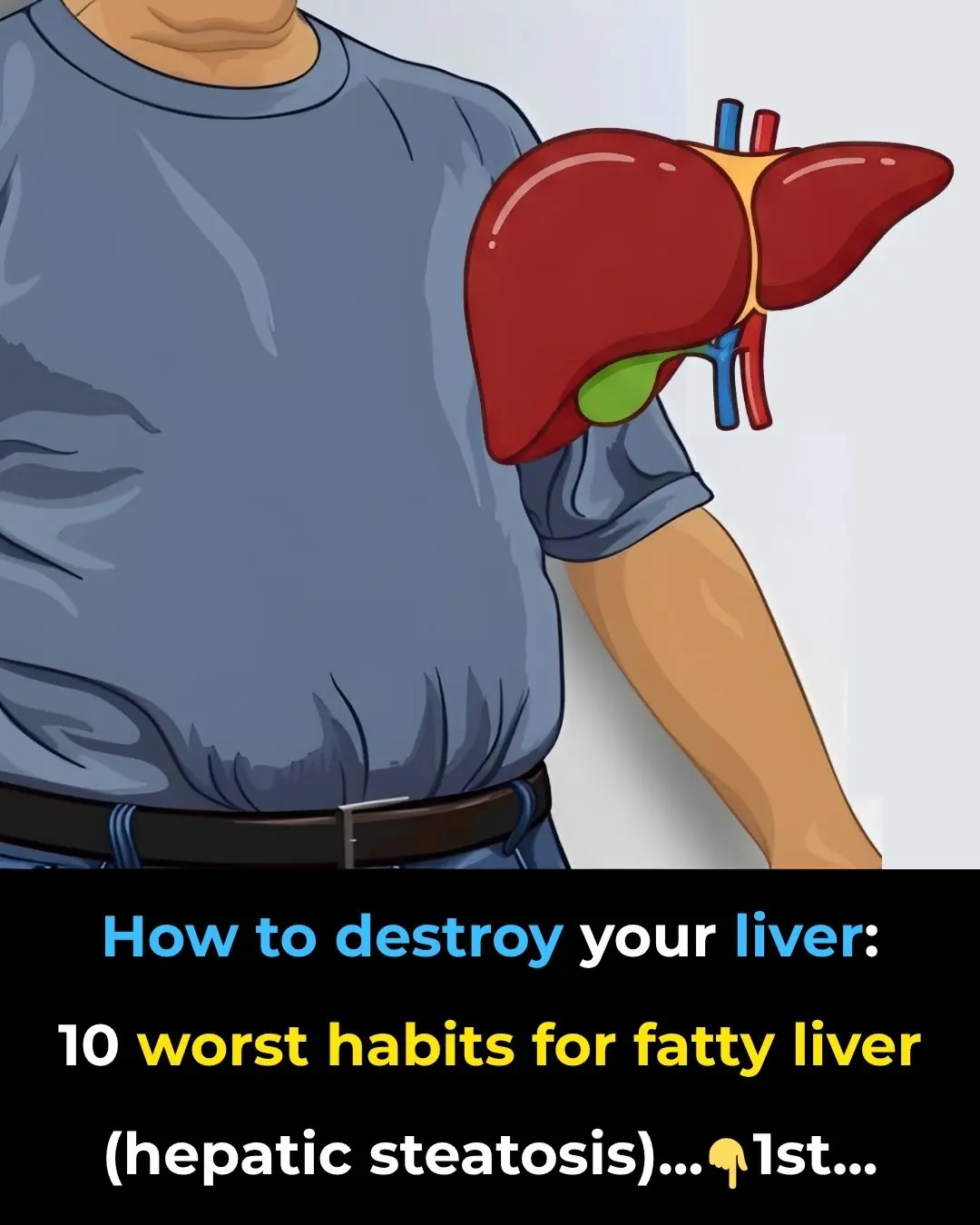
How to destroy your liver: 10 worst habits for fatty liver (hepatic steatosis)
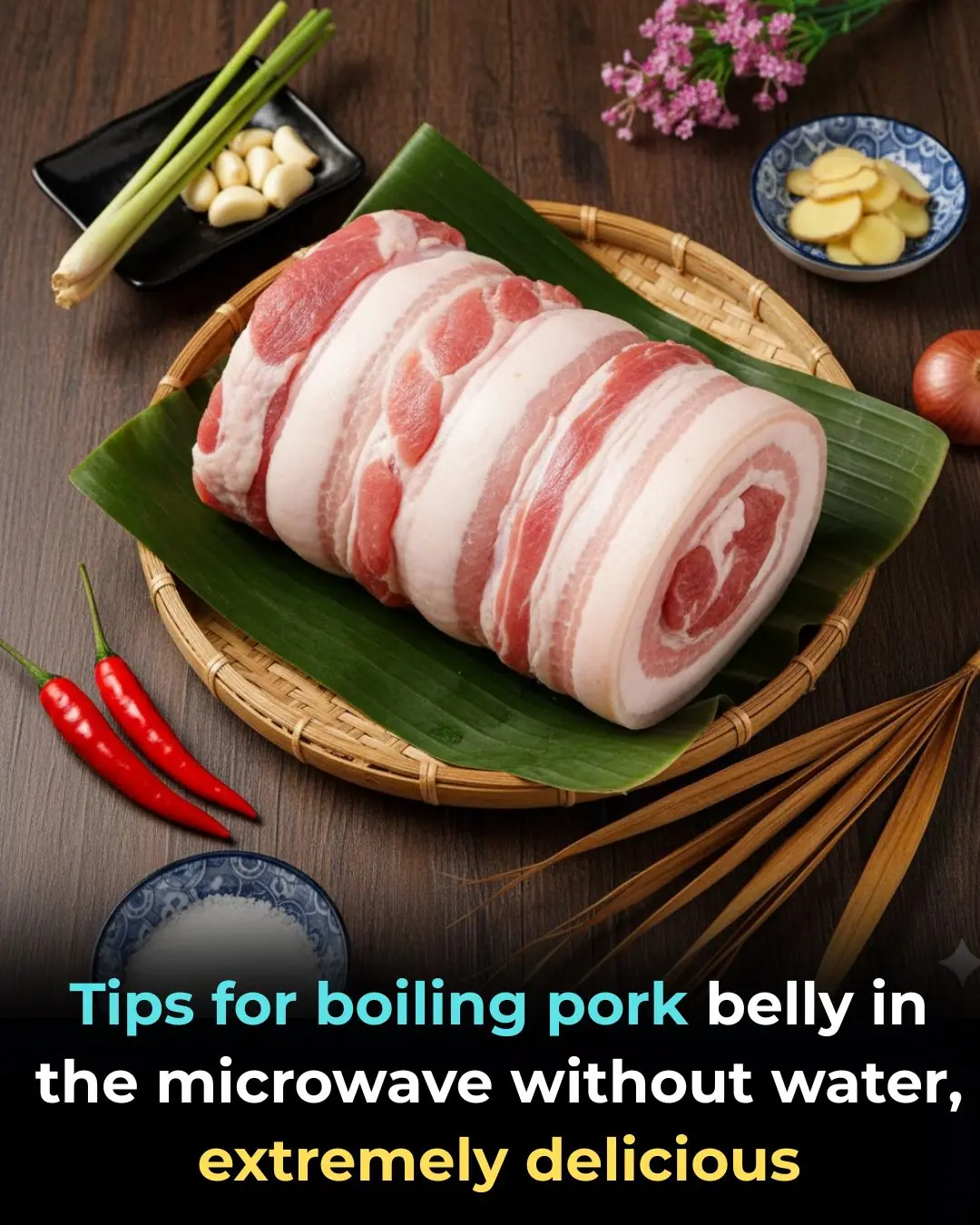
Tips for boiling pork belly in the microwave without water, extremely delicious
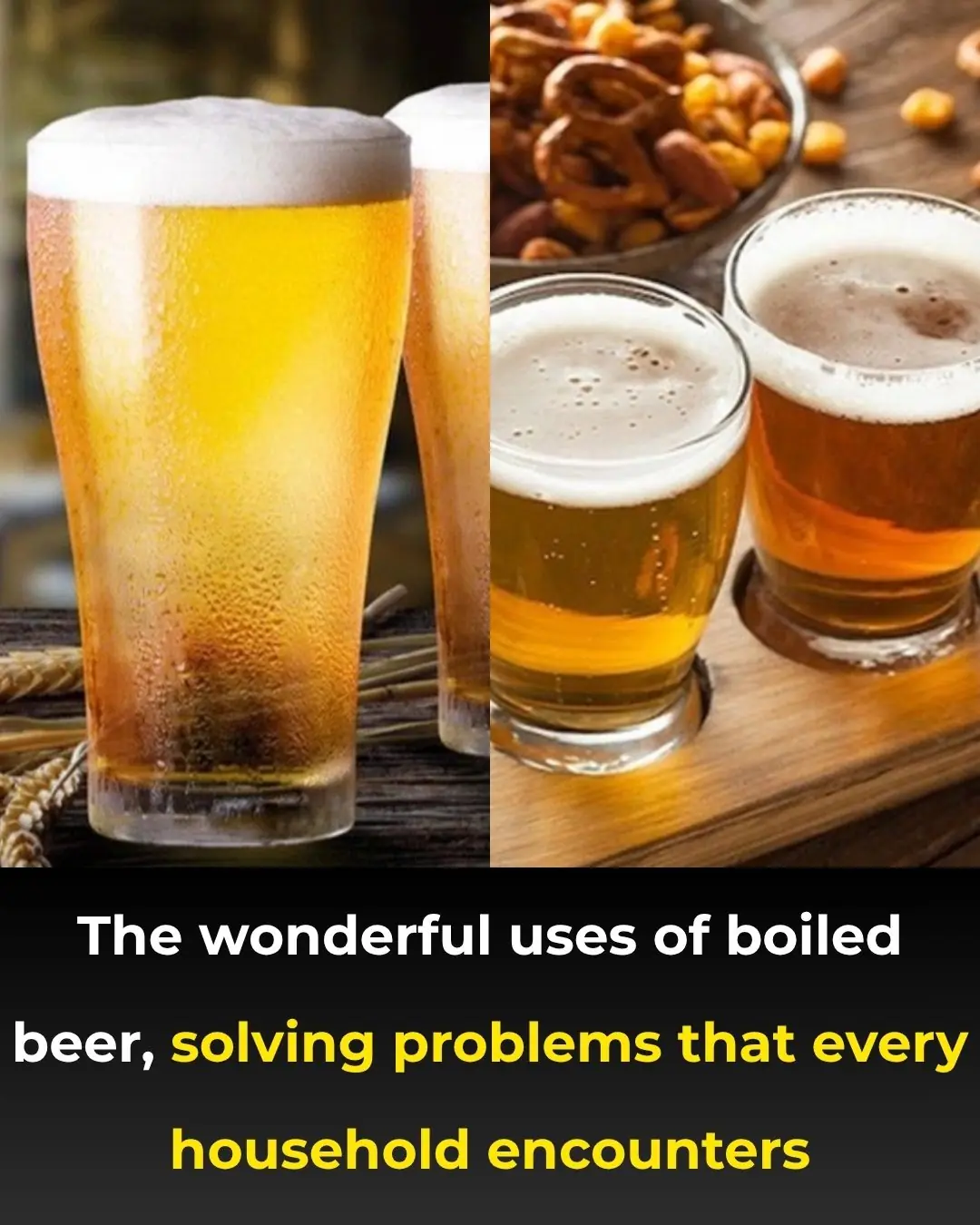
The wonderful uses of boiled beer, solving problems that every household encounters

Unlock Energy Savings: How Proper Use of Your Refrigerator’s Temperature Control Button Can Cut Costs

8 tips to increase wifi speed tenfold
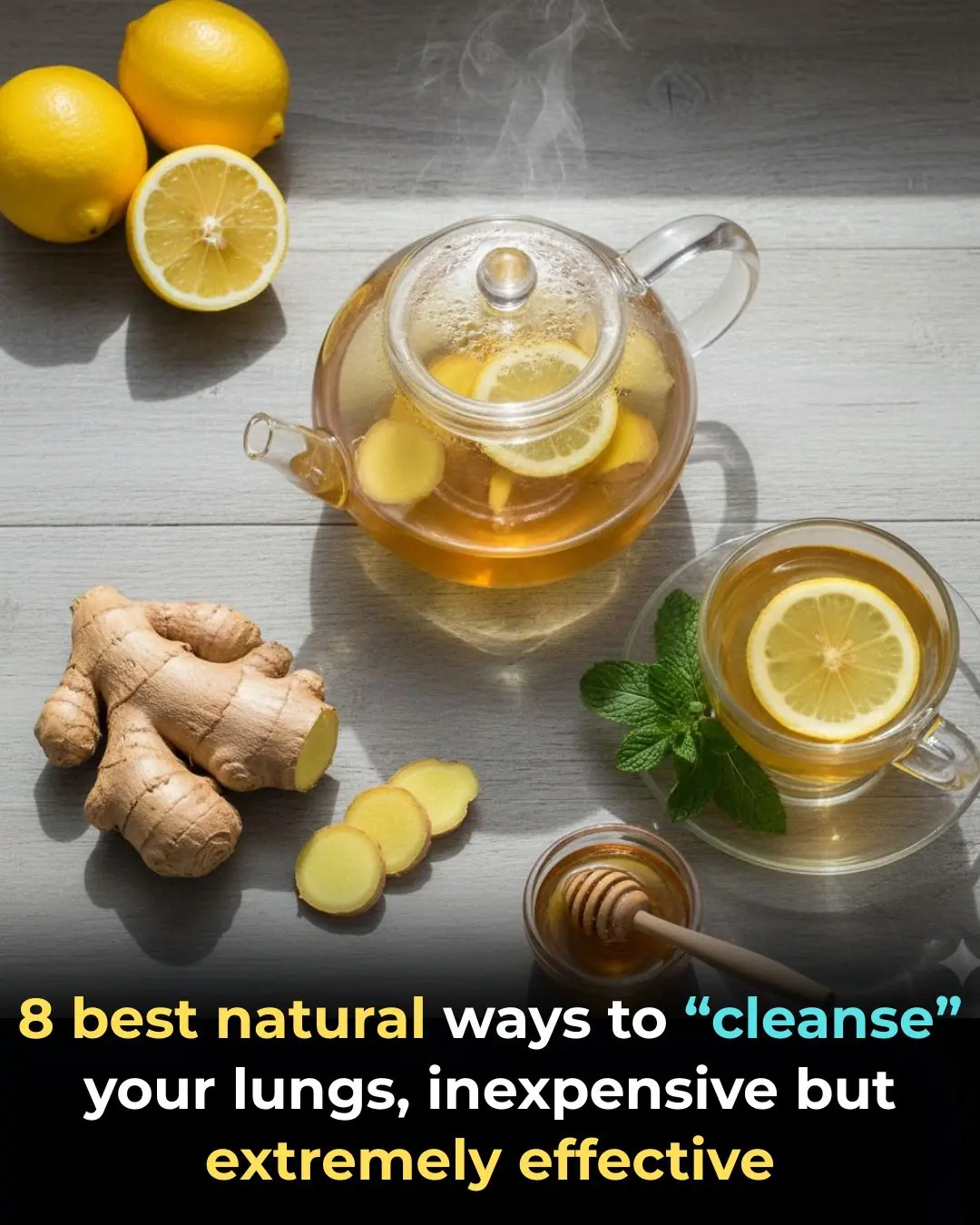
8 Natural Ways to “Cleanse” Your Lungs: Affordable Yet Highly Effective
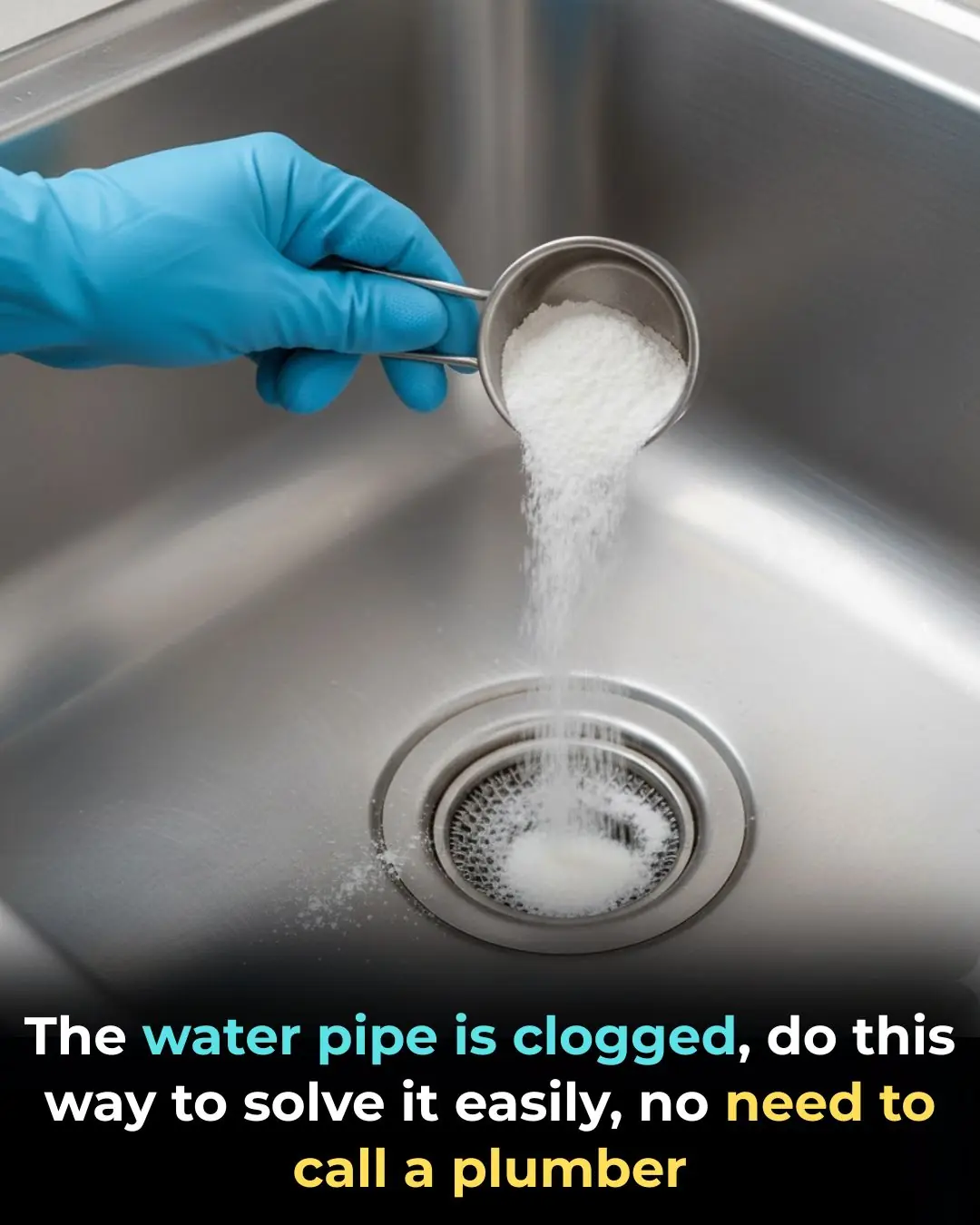
How to Easily Unclog a Blocked Drain Without Calling a Plumber

Hang this bunch of leaves on your window, and no matter how many mosquitoes there are, they’ll all disappear: effective and completely safe

5 Items You Should Never Buy at the Supermarket — Especially When They're on Sale

How to Choose the Best Apple: Crisp, Sweet, and Nutritious

A 52-Year-Old Man Died From Diabetes: Doctors Warn These 4 Breakfast Habits Should Be Eliminated Immediately
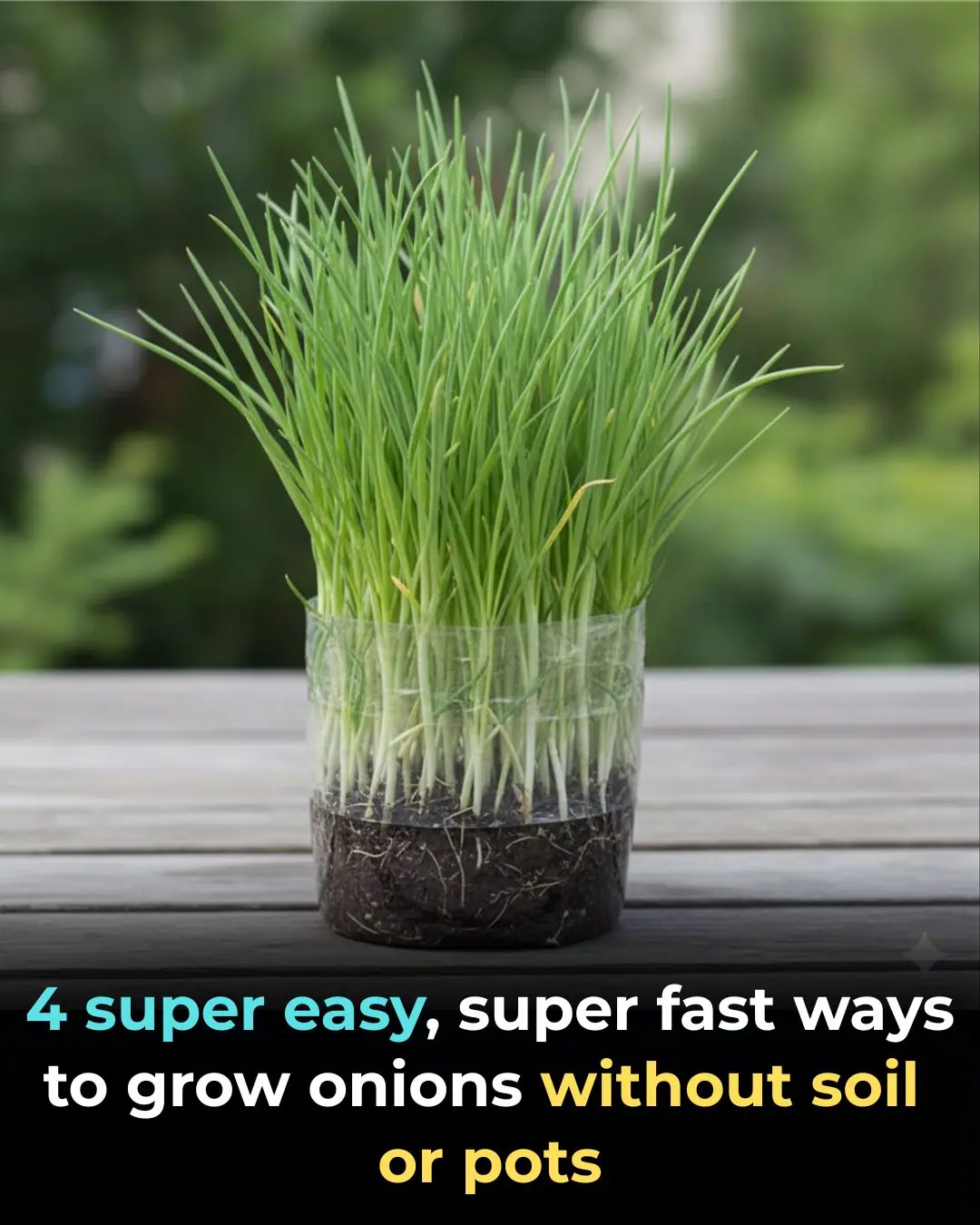
4 Super Easy and Fast Ways to Grow Green Onions Without Soil or Pots
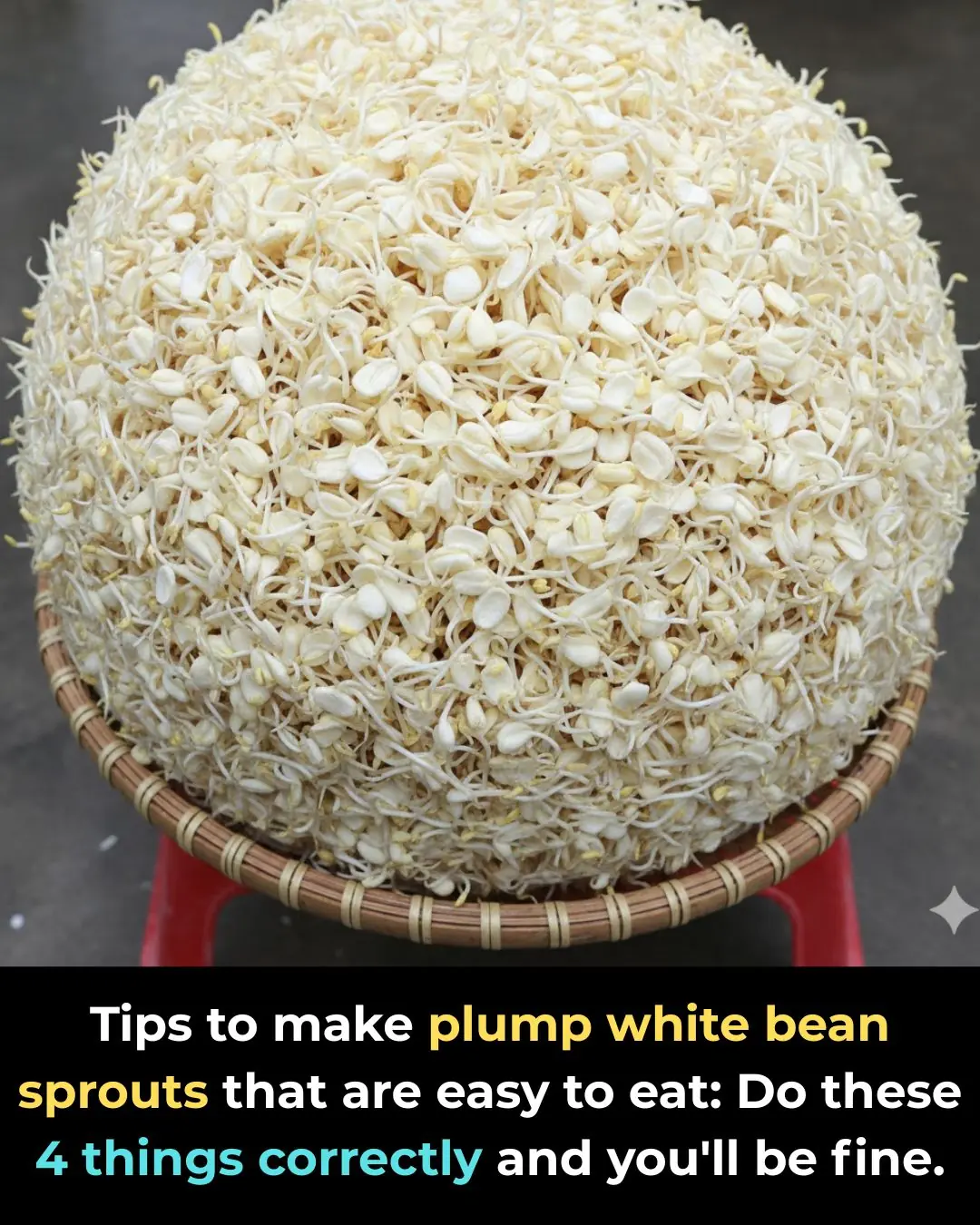
Tips to make plump white bean sprouts that are easy to eat: Do these 4 things correctly and you'll be fine.

Put plastic bottles in the toilet tank, great benefits, every house needs it
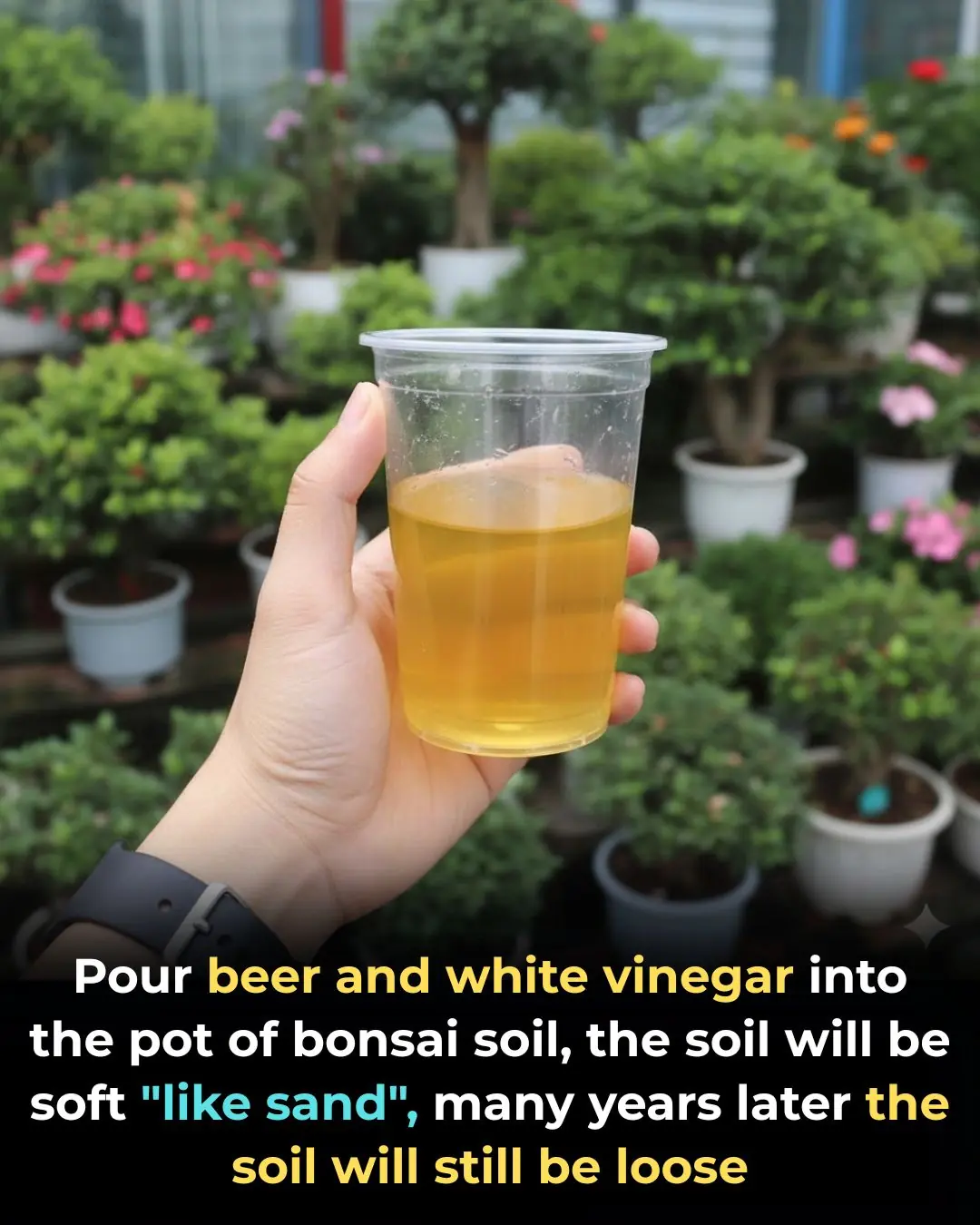
Pour beer and white vinegar into the pot of bonsai soil, the soil will be soft "like sand", many years later the soil will still be loose

Mice ran loudly on the ceiling
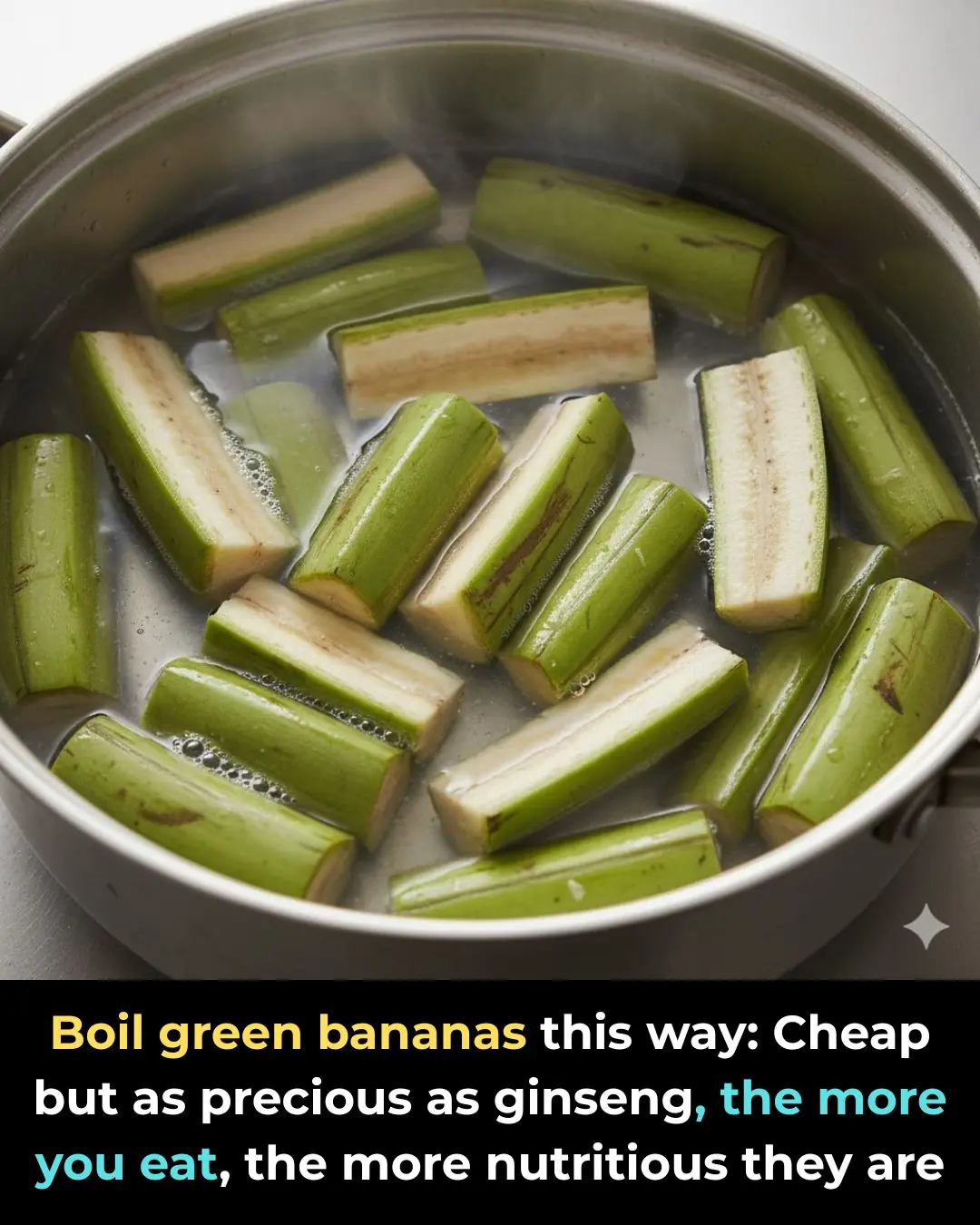
Boil green bananas this way
News Post
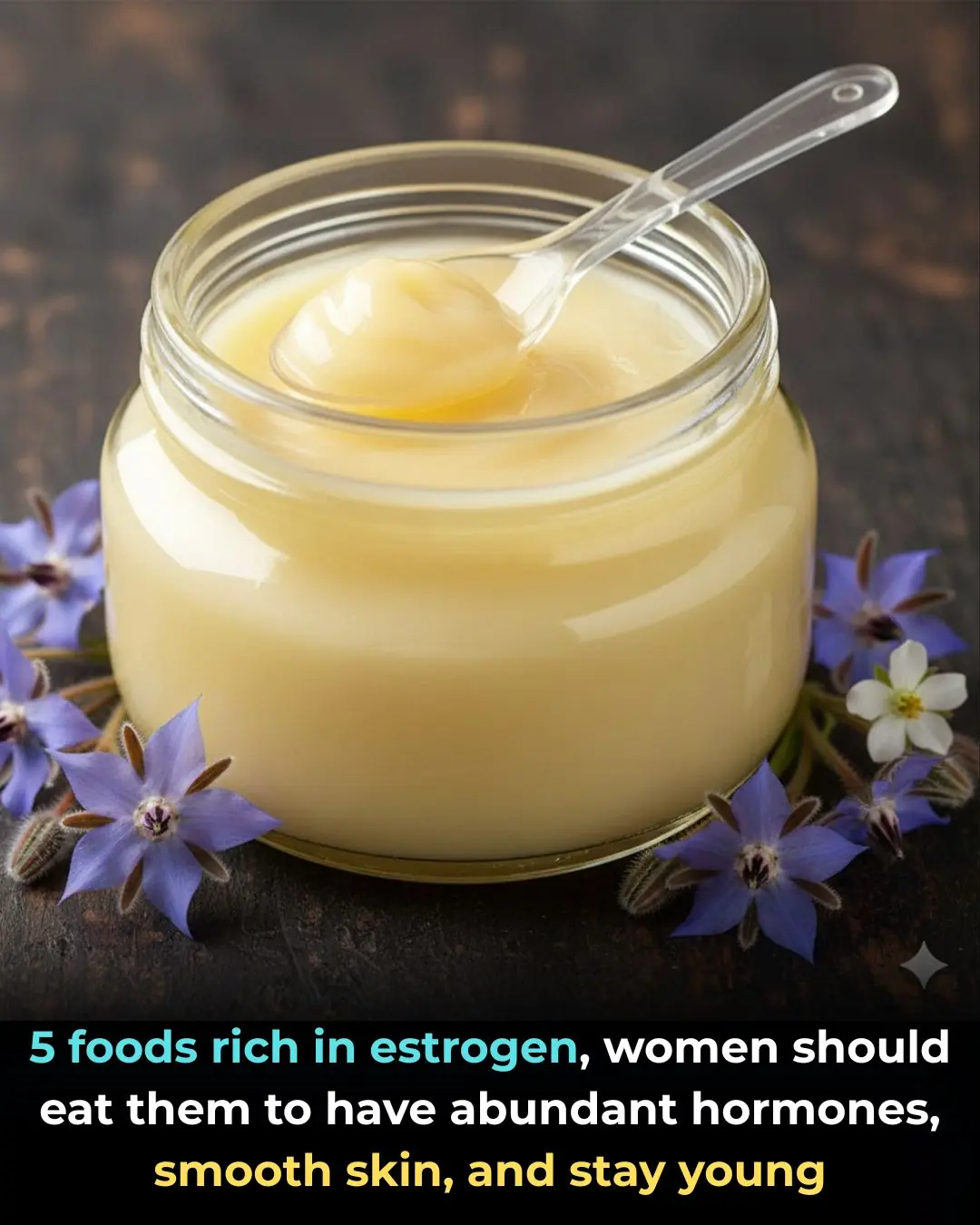
5 Estrogen-Rich Foods Women Should Eat for Hormonal Balance & Radiant Skin

2 Handfuls of Cashews is The Therapeutic Equivalent of a Prescription Dose of Prozac

7 tips to eliminate dangerous blood fat

Lower blood sugar naturally by training just 2 leg muscles
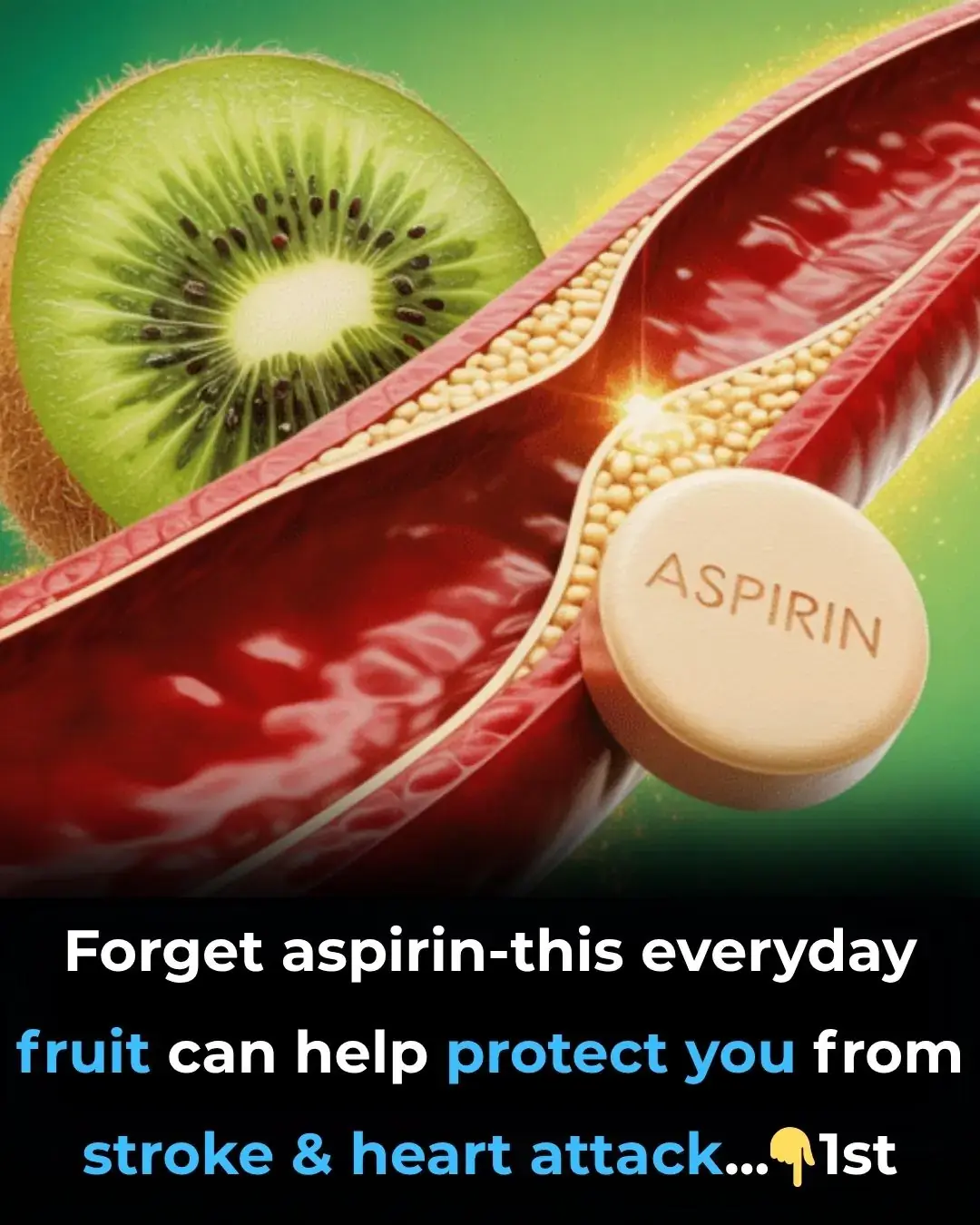
Forget aspirin—this everyday fruit can help protect you from stroke and heart attack

The Powerful Medicinal Benefits and Uses of Senna alata
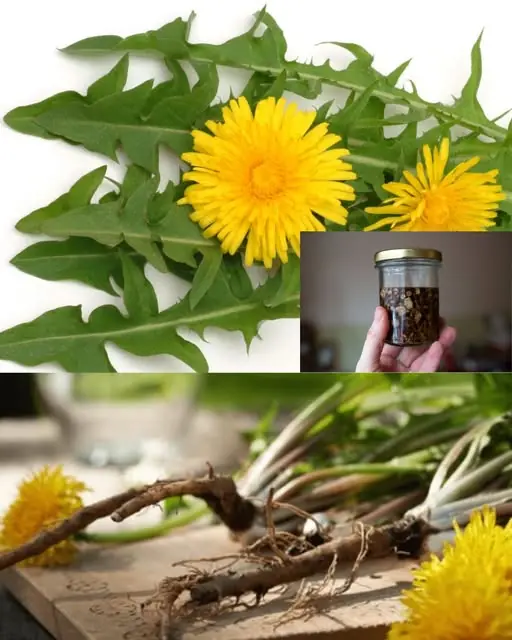
The Real Power of Dandelion Is in the Root
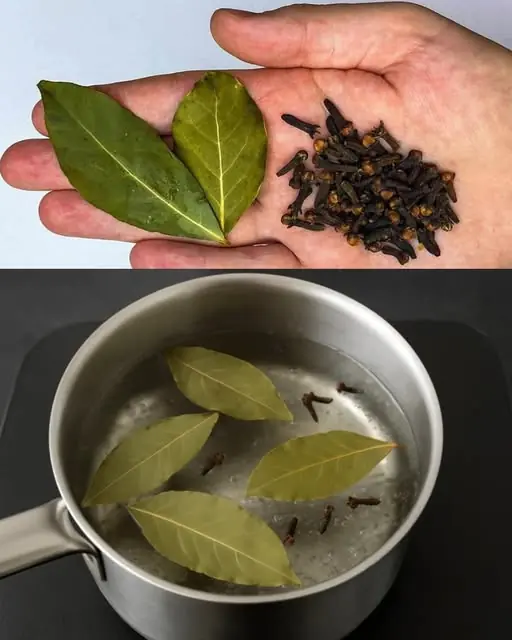
The Surprising Benefits of Boiled Bay Leaves and Cloves: A Natural Elixir for Wellness

Preventing Stroke At Any Age: 3 “Don’ts” After Meals—And 4 “Don’ts” Before Bed

People whose mouths feel dry when sleeping at night need to know these 8 reasons

Ariana Grande gives shocking update on music career after ‘Wicked: For Good’

Controversial I'm A Celeb star Ruby Wax's changing face

MAFS UK's Abi issues emotional relationship status update

The “Hand of God” Technique: How a Simple Gesture Brought Humanity Back Into Isolated Hospital Rooms

Ant McPartlin's tattoos explained – from meaningful inking to poignant tribute

When the Brain Begins to Consume Itself: The Hidden Costs of Chronic Sleep Loss

When the Brain Eats Itself: The Hidden Damage Caused by Lack of Sleep

From Self-Marriage to Self-Divorce: Suellen Carey’s Viral Journey of Self-Love

Kerry Katona undergoes corrective boob surgery as she gushes over beau Paolo's support
